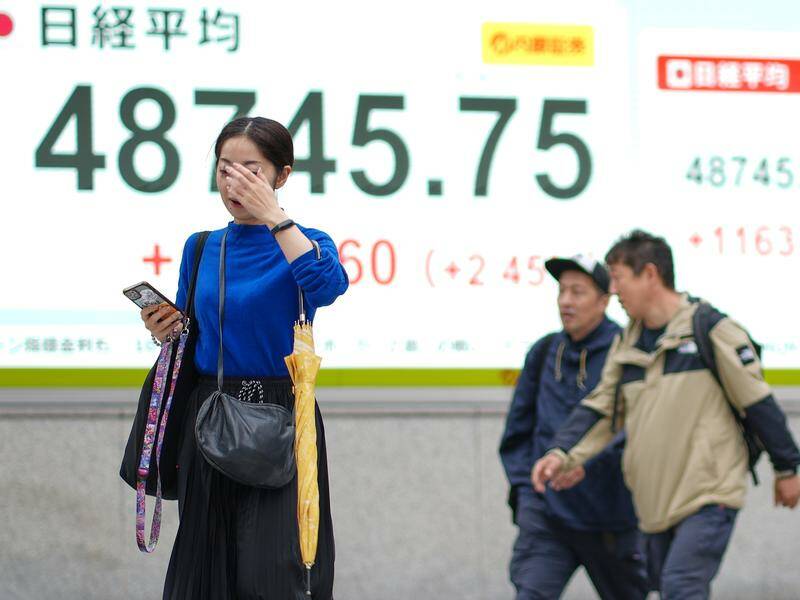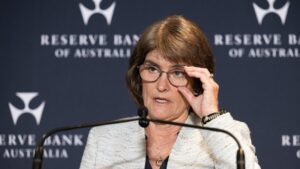
Investor confidence has seen a notable rebound as stock markets rise, buoyed by the prospect of easing trade tensions between the United States and China. This optimism has resulted in a decline in gold prices, which fell two percent to $4,262 an ounce, just below Monday’s record high of $4,381.21 an ounce.
In Asia, the anticipation of Sanae Takaichi likely becoming Japan’s next prime minister contributed to a surge in Tokyo’s Nikkei index, which briefly reached a record high. This news also impacted the yen negatively. US President Donald Trump expressed optimism about a forthcoming trade deal with Chinese President Xi Jinping during their upcoming meeting in South Korea. He downplayed potential conflicts regarding Taiwan, further improving market sentiment.
The investor landscape was shaken last week due to concerns over credit risks linked to a series of bad loans at regional banks in the US. Additionally, the prolonged government shutdown raised fears regarding broader market implications. However, these fears have subsided, prompting investors to take advantage of low prices ahead of significant earnings reports from major companies.
According to Chris Weston, head of research at Pepperstone, “The market has hurdled the wall of worry with ease, with new capital injected into risk and fresh oxygen into the market’s lungs.” This renewed vigor in the market is evident as all three major US stock indexes closed sharply higher, with technology stocks, particularly in the semiconductor sector, hitting record highs.
European Concerns and ECB Outlook
Despite the bullish sentiment in the US, Philip Lane, chief economist at the European Central Bank, issued a cautionary note regarding eurozone banks. He warned that these banks might face pressure if dollar funding becomes scarce. Lane pointed to the extreme market volatility experienced in April, highlighting how it complicates the reliance of eurozone banks on their dollar-denominated liquid assets.
Echoing Lane’s sentiments, Chris Scicluna, an economist at Daiwa Capital Markets, noted that concerns are mounting regarding hidden risks within the US financial sector. He emphasized that a sudden downturn could significantly impact European banks, particularly if private credit strains intensify among regional banks.
The ECB is scheduled to meet next week, and while no rate cuts are anticipated, the Federal Reserve may implement up to three rate cuts in the next six months, according to market expectations. This divergence in monetary policy is influencing investor behavior, with increased interest in equities as Kevin Hassett, a White House economic adviser, indicated that the government shutdown is likely to conclude soon.
As a result, the European STOXX 600 index rose by 0.1 percent, trading just below record highs, while US stock futures dipped slightly by 0.1 percent. Analysts predict an aggregate earnings growth of 9.3 percent year-on-year for the S&P 500 in the third quarter, an increase from previous estimates of 8.8 percent as of October 1.
Implications for Currency and Commodities
In currency markets, the US dollar appreciated by 0.7 percent against the yen, reaching 151.83. Takaichi’s anticipated pro-stimulus policies and opposition to further interest rate hikes are seen as detrimental to the Japanese currency but potentially beneficial for Japanese equities. The Nikkei approached a significant milestone, nearing 50,000 points, as traders speculate on the likelihood of a rate hike by the Bank of Japan, currently estimated at 20 percent.
Overall, the interplay of global trade negotiations, monetary policy shifts, and emerging market dynamics continues to shape investor behavior, reflecting a complex landscape marked by both optimism and caution. As markets navigate these changes, the focus remains on upcoming earnings reports and geopolitical developments that could further influence the trajectory of global financial markets.






